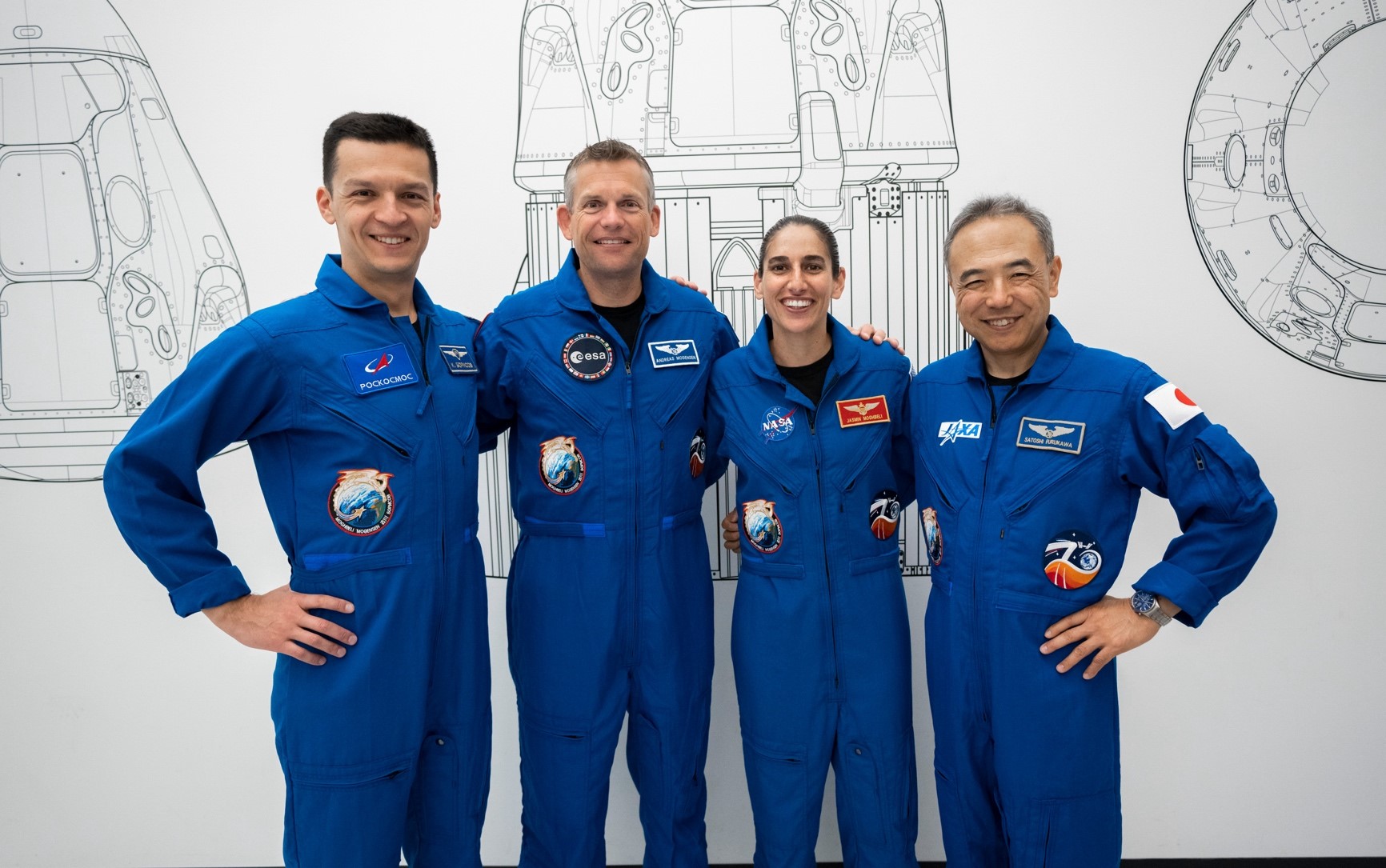Free Courses Sale ends Soon, Get It Now


Free Courses Sale ends Soon, Get It Now



Disclaimer: Copyright infringement not intended.
Context
Details
Diverse Astronaut Team
Astronaut Profiles and Roles
Jasmin Moghbeli (USA): A trailblazer with a background in aerospace engineering and military service, Moghbeli serves as the mission commander. Her journey from an Iranian family's displacement during the 1979 revolution to leading a space mission exemplifies the diversity and inclusivity of space exploration.
Andreas Mogensen (Denmark): A representative of the European Space Agency, Mogensen brings a unique perspective with a doctorate in aerospace engineering and offshore work experience. As the pilot of Crew-7, he holds a critical role in ensuring the spacecraft's systems and performance during the mission.
Satoshi Furukawa (Japan): A seasoned space traveler, Furukawa's medical background and experience as a surgeon contribute to the interdisciplinary nature of space research. His return to space after a decade further solidifies the continuity of international space collaboration.
Konstantin Borisov (Russia): Borisov's journey from engineering to freediving and now space underscores the multidimensional qualities of modern astronauts. His contributions highlight the versatility needed for the complex challenges of space missions.
Scientific and Technological Objectives
The Crew-7 mission isn't just a symbolic representation of global unity; it is a platform for scientific exploration. The astronauts' stay on the ISS will encompass over 200 experiments and technology demonstrations. This vast array of research aims to address key challenges and questions related to space exploration:
Preparation for Lunar and Martian Missions: The experiments conducted by the crew will provide insights into various aspects of long-duration space travel. Findings related to physiological changes, brain wave analysis during sleep, and microbial studies are essential for preparing for missions to the Moon, Mars, and beyond.
Sustainability and Resource Management: Examining the formation of biofilms in wastewater and investigating improved methods for water recycling demonstrates the practical considerations for maintaining sustainability and resource management in space environments.
Interdisciplinary Research: The interdisciplinary nature of the research, involving engineering, medicine, and biology, highlights the complexity of challenges faced in space. This breadth of research mirrors the holistic approach required for successful space missions.
About ISS
History and Conception
Components and Structure
Scientific Research and Exploration
Impact on Education and Culture
International Cooperation
End of Mission and Cost
Conclusion
In conclusion, the Crew-7 mission is a testament to the collaborative spirit of space exploration. By bringing together astronauts from diverse backgrounds and conducting a wide range of experiments, the mission embodies the multifaceted nature of modern space research. As humanity's ambitions expand to lunar, Martian, and interplanetary missions, such initiatives showcase the determination of nations to work together, pushing the boundaries of knowledge and discovery.
|
PRACTICE QUESTION Q. Which statement about the International Space Station (ISS) is correct? A) The ISS is located in a geostationary orbit, allowing it to hover over a fixed point on Earth's surface. B) The ISS serves primarily as an observatory for studying distant galaxies and stars. C) The ISS is a collaborative project involving multiple space agencies, including NASA, Roscosmos, ESA, and JAXA. D) The ISS was originally designed for short-term missions, with a planned operational life of only 5 years. Answer: C) |
© 2024 iasgyan. All right reserved